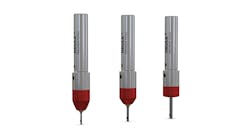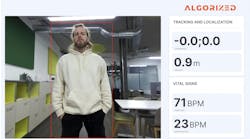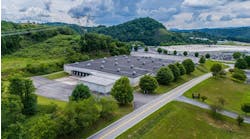It's not difficult to find an economic forecast now: Type a few familiar terms into a search engine and soon you'll have a dozen or more options promising to give you what you want. Everyone wants the same economic forecast — growth, stability — but in a global economy that seems to be expanding more slowly even as it resets more quickly, we have to refine our research and clarify our expectations.
As 2019 ends some things have become quite clear: the economic expansion that has paced the last three years is losing momentum. The overall U.S. economy is quite stable, according to basic economic indicators, like GDP, unemployment rates, and consumer price indexes. All these are sound, but some moderation seems likely: there is some economic consensus that U.S. GDP expansion will slow from 3.0% in 2018 to 2.2% for 2019, and continue that track to 1.9% for 2021. The average inflation rate for 2019 will be about 1.5%, and tick upward in 2020. Unemployment rates have been encouragingly low for several years, and will settle at about 3.7% this year, and again in 2020, before likely climbing just a bit in 2021.
We are in good health, economically, and we should recognize that before seeking to know more. We need to know more, in order to preserve our gains and direct our plans.
None of the good news can dispel the certain feeling of uncertainty that has set in businesses, especially manufacturers in the past 12 months. "2019 began with the U.S. and global manufacturing sectors experiencing continued growth," Deloitte reported in November, "though recently the manufacturing sector has slowed as the risk for a downturn in global manufacturing increases." The global Purchasing Manager’s Index is straddling the divide between expansion and contraction, while U.S. manufacturing continued to grow until late summer — but now risks the first recessionary signs in more than three years. Economic models offer the hope that global manufacturing expansion will resume in 2020, even if it is at a less robust pace.
This is all good to know, but it's not what we want to know. We want to know what is causing expansion to slow, and what can be done to make it grow again. But we want to know more. We want to know how forgers are affected by all this.
We know who forgers are, and we know what they do. We want to know how they have performed in 2019, and how they expect to perform in 2020. And we want to know what factors they believe will challenge their efforts in the coming year, and how they will seek to respond to those challenges.
Evaluating forging industry conditions and forecasting economic developments for forging operations demands a more concentrated look at their activities. That is the objective, and the purpose, of the 2020 FORGING Business Outlook Survey.
The annual FORGING Business Outlook Survey is an effort to portray conditions in the forging industry according to the knowledge, insights, and impressions of the people who are actively engaged in the business and operations of forging. Each year, during October, FORGING conducts a month-long survey of readers by email to collect and evaluate information about the current year’s business conditions, about forecasts for the year ahead, and about the respondents' expectations for business conditions they are facing now.
We aim to document North America’s forging operations through the eyes and sense of those who understand it fundamentally, and we aim to identify the critical issues that our respondents recognize. We hope to learn forgers’ opinions about the economy, their markets, and their business prospects.
Beyond all this, we want to learn what plans forgers are making for the coming business cycle, and to understand better how their expectations for the year ahead are shaping their decisions for capital investments or expansions.








